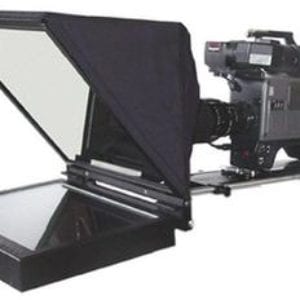

I have a rolling kitchen cart, and I’ve used some apple boxes to get the height up to eye level. This isn’t that difficult, but do this first and it will save you a headache later. The next thing you’ll want to do is get the reflecting glass to the height of the actor. A more permanent solution would be to build a wooden box with slots to hold your glass, but try the cardboard first so you’ll get a feel for how the glass needs to sit. This will hold it in place and allow room for adjustment. I used a simple cardboard shipping box and cut both sides to just under the width of the glass.

Setting Up the Teleprompterįirst you have to get something to hold your glass at a 45-degree angle. The glass I used here is 3/32 inch thick, which works great. The actor will see reflections on the front of the glass and also the back. If the glass is too thick, the actor will see two reflections and the text will appear blurry. You also need to get the thinnest piece of glass possible.

Real glass works much better than Plexiglas. The material you use will also have an effect on the quality you get. This also relates to the Fresnel Effect (pronounced fray-nel), which is the observation that the amount of light visible is dependent on the viewing angle. So as long as the screen is on a flat surface, and the glass is at eye level to the actor, the actor will see the text but the camera will not, since its not on the same angle of incidence. This means that if light strikes a surface (in our case the glass) it reflects off the opposite direction, but at the same angle as it was hit. In terms of physics, this is based on the fact that the angle of incidence is equal to the angle of reflection. The text is reflected off the glass and is readable by the actor while the camera does not pick up this reflection. A computer screen (in our case, an iPad) is placed under the glass. A piece of glass is placed at a 45-degree angle in front of the camera lens. A teleprompter works by using a bit of optical illusion.


 0 kommentar(er)
0 kommentar(er)
